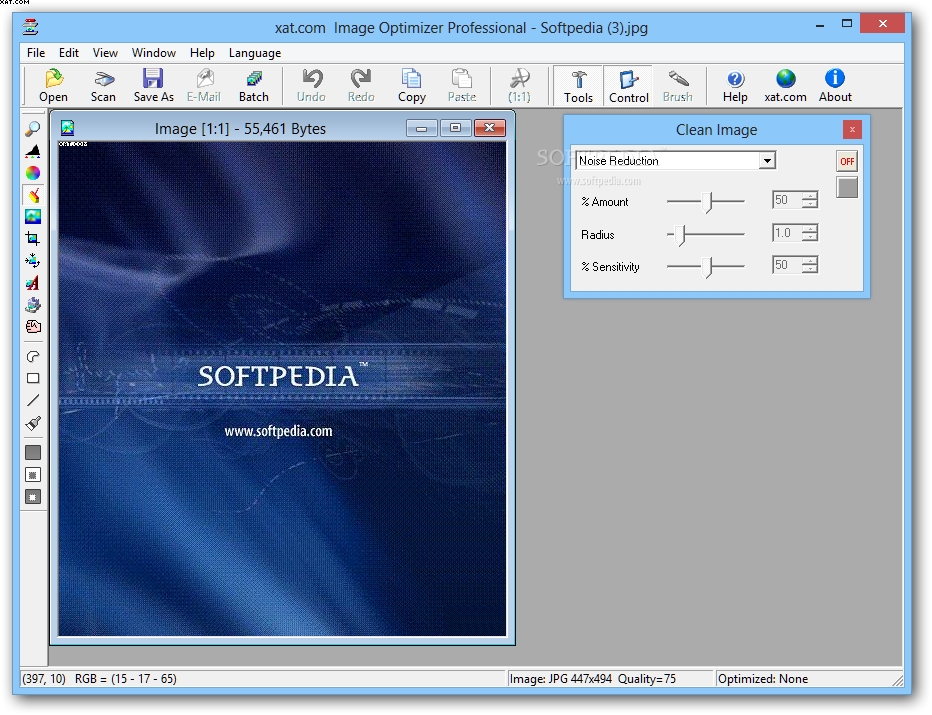


The compressed images can be restored to their original condition without any loss of quality or distortion. The primary benefit of lossless compression is that it does not sacrifice quality to reduce file size. One of the most common examples of a lossless image compression format is PNG. This technique compresses images without sacrificing image quality or essential data, resulting in a compressed image that can be restored to its original state with no loss of quality or distortion.
When lossy compression is applied to the same image repeatedly, it becomes increasingly distorted. This image compression method degrades the quality of the data compressed. Once it has been applied to an image, it cannot be restored to its original state. It is an excellent choice for websites because Smaller file sizes also result in faster loading and better performance. The size of the image can be greatly reduced. JPEG is a well-known example of a lossy compression format. However, quality can be maintained through appropriate compression. The compression process, however, can also reduce image quality to the point of distortion, particularly if the image is too compressed. The file size of an image can be significantly reduced using this method of compression. In lossy compression, less important information, such as redundant data, is permanently removed from an image file in order to reduce its size. The following two types of image compression methods are used to Compress Images Online: This technique reduces the size of an image document without compromising on quality. Image compression is the process of converting an image file to use less space than the original file.






 0 kommentar(er)
0 kommentar(er)
